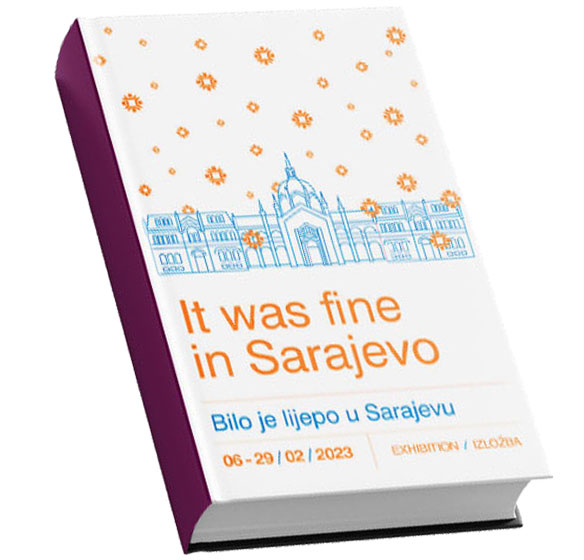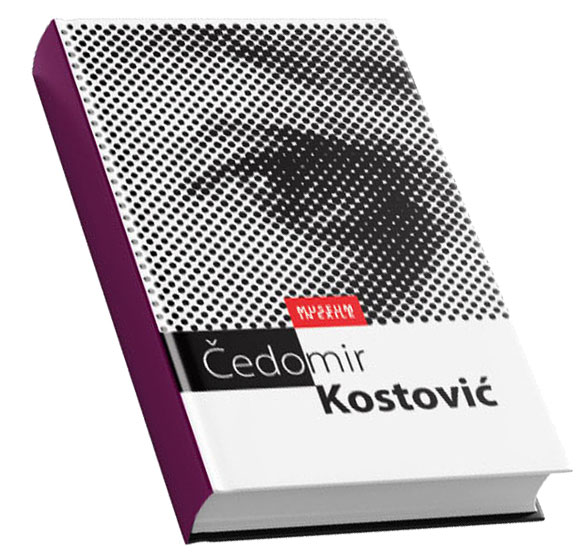Collections
Gavrilo Princip - a member of the Young Bosnian movement killed Austrian Archduke Franz Ferdinand and his wife Sofia during their official visit to Sarajevo, on 28 June 1914. This event was the cause for the outbreak of the First World War, which took tens of millions of lives (the number of casualties is estimated at about 20 million).
Along with socially engaged art in the fine arts of Bosnia and Herzegovina, primarily expressed in the works of Roman Petrović and especially in his cycle of paintings "Children on the Streets", and Vojo Dimitrijević, with his painting "Spain" done in 1937, the most important artistic trend of the period was modernism in architecture and design.
Josip Broz Tito (Kumrovec 1892 - Ljubljana 1980) The Communist Party of Yugoslavia, led by Tito, was the organiser of resistance and Peoples' Liberation Movement in Yugoslavia against the Axis Powers in 1941-1945, but led the renewal of the state and socialist social development in Yugoslavia after 1945. Tito was its first and lifelong President.
Artistic phenomena and the events on the music scene rather early in the 60s created a climate which made Sarajevo become distinguishable on the Yugoslav music scene - particularly in the area of pop and rock music. The central venue of such events was FIS, and the most important band was Indexi. At the beginning of the 70s pop and rock scene was booming, and groups and performers appeared one after another.
The design group TRIO from Sarajevo consisted of Dalida and Bojan Hadzihalilovic and Lejla Mulabegovic. Their postcards from war Sarajevo were realized as posters, first unique and then printed they received the international award of the organization of professional designers ICOGRADA in 1995.
The statement of Danis Tanović, director of No Man's Land, made at the American Film Academy Oscar Award Ceremony in Los Angeles, on 13 March 2002, "This is for my country, this is for Bosnia!"announced something new and encouraging for culture of Bosnia and Herzegovina.












